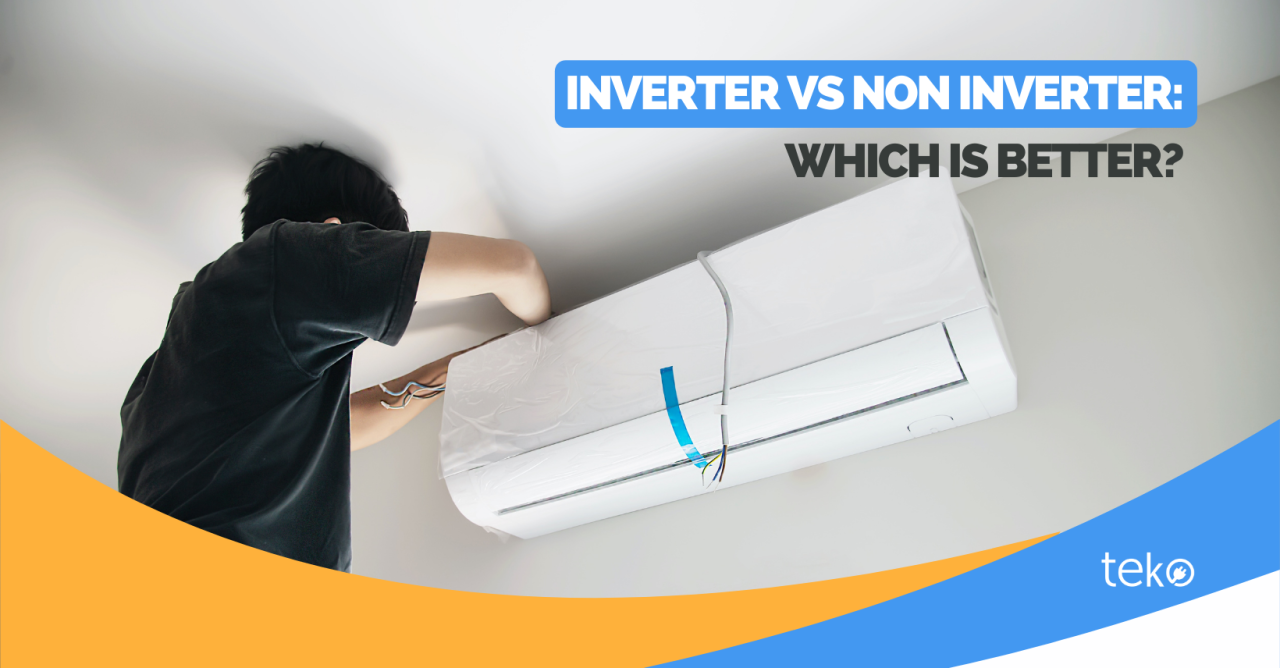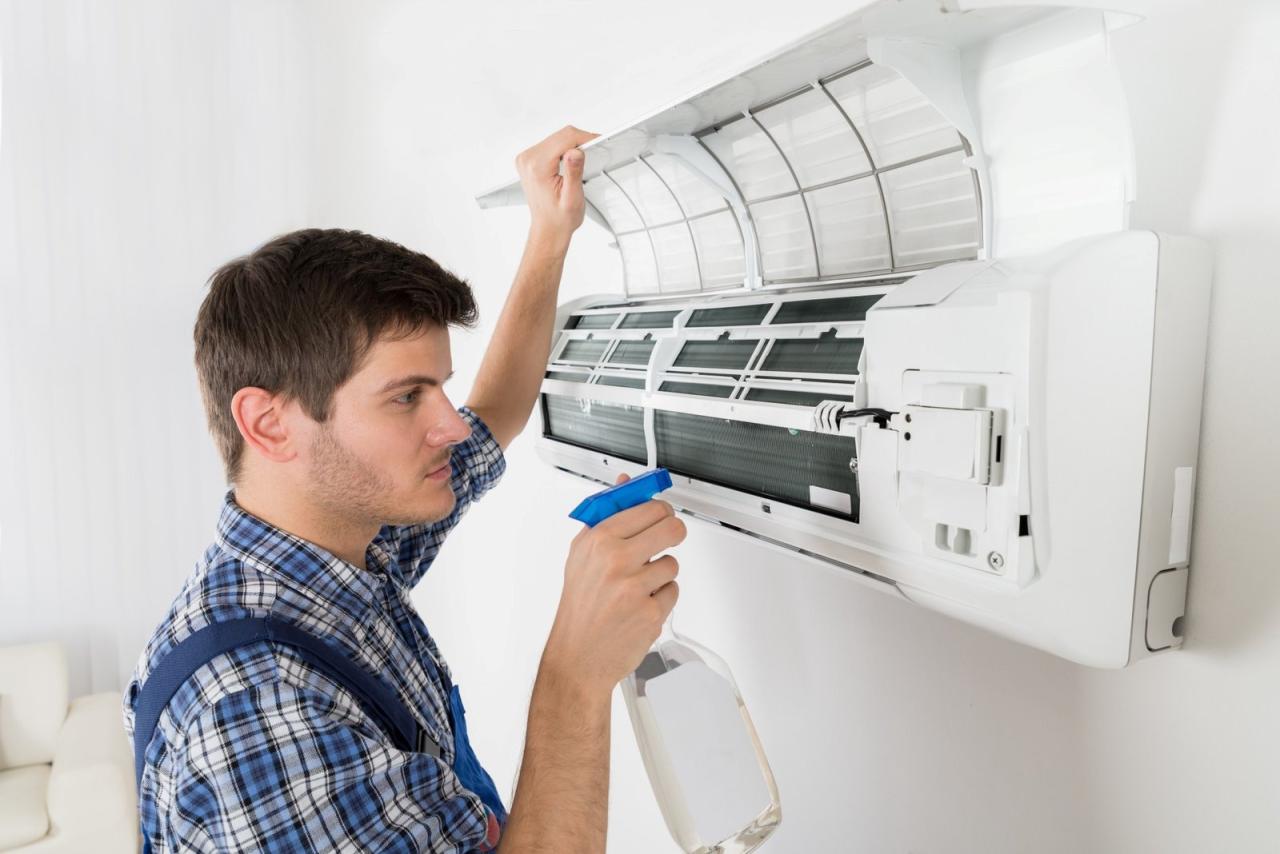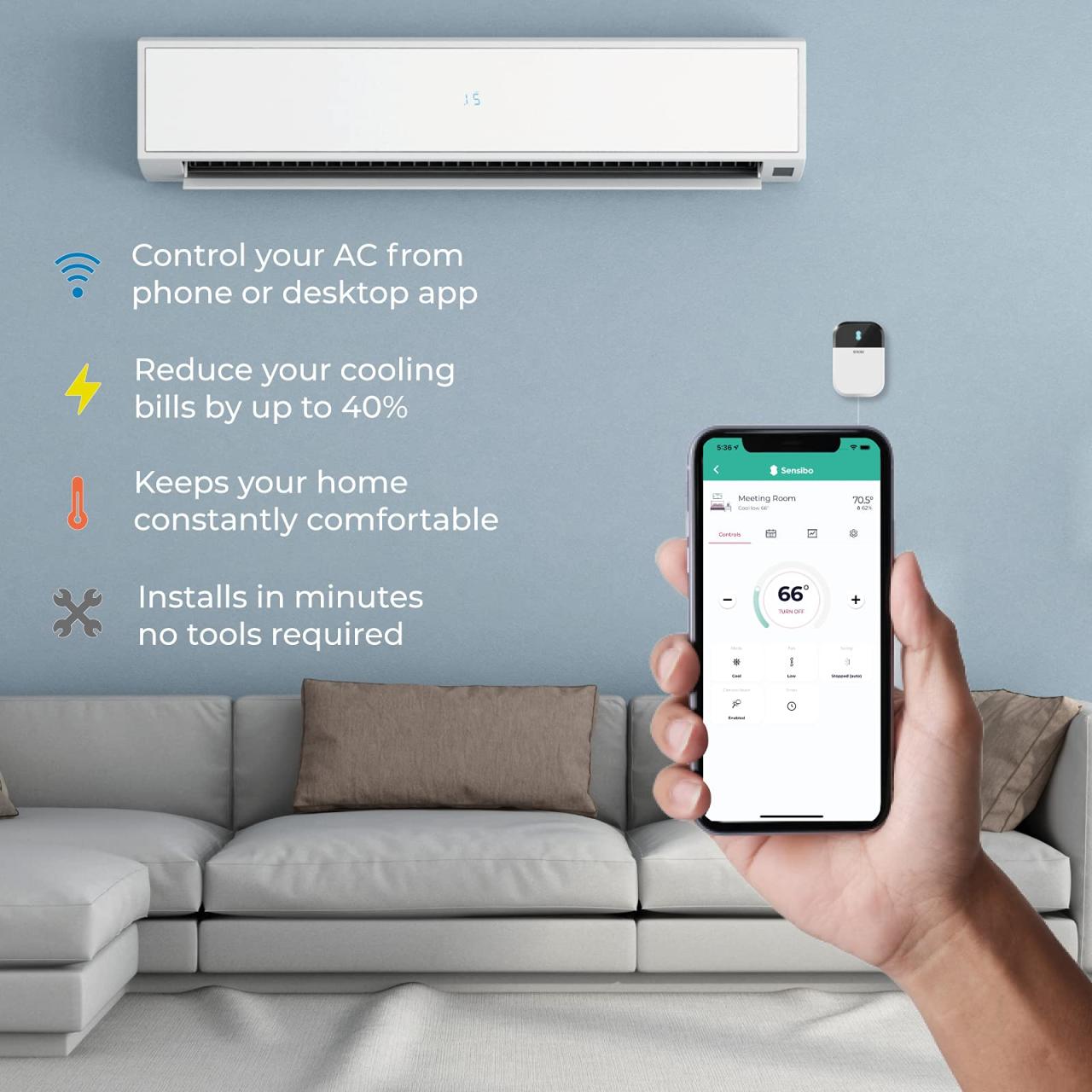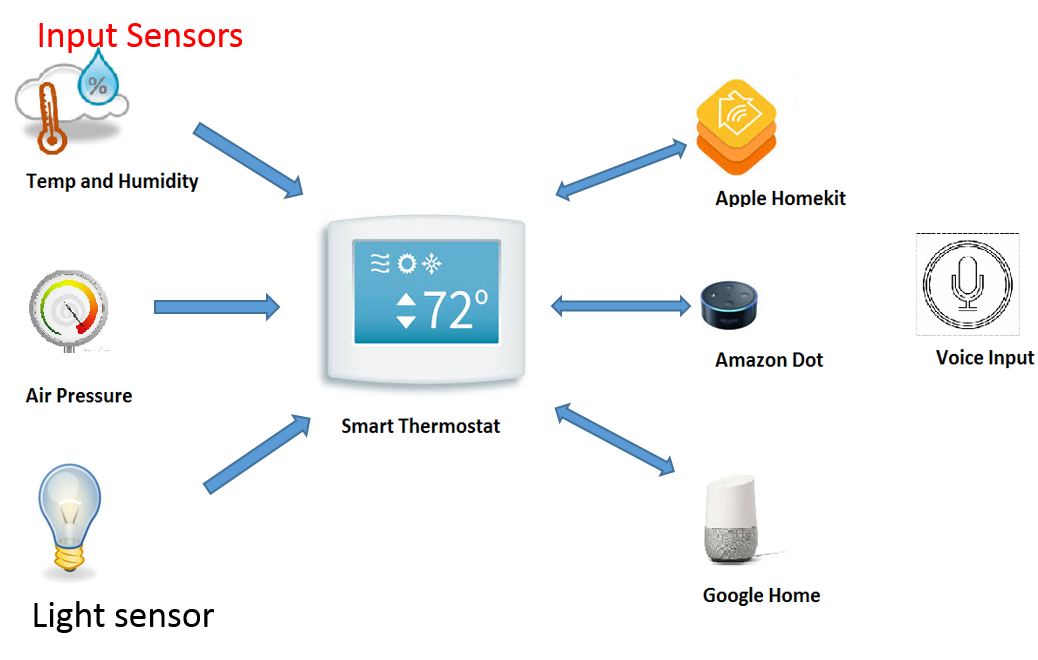How to Install a Ductless Mini-Split Air Conditioner: A Comprehensive Guide
Embark on the journey of installing a ductless mini-split air conditioner, as we delve into the intricacies of this process. From understanding the components to executing the installation steps, this guide is designed to equip you with the knowledge needed for a successful setup.
As we explore each aspect of this installation, you will gain insights that will not only simplify the process but also ensure optimal performance of your new unit.
Introduction
Ductless mini-split air conditioners are compact cooling systems that do not require ductwork for operation. They consist of an outdoor compressor unit and one or more indoor air-handling units, connected by a refrigerant line. These systems are popular for their energy efficiency, quiet operation, and flexibility in zoning cooling areas within a home.
Benefits of Installing a Ductless Mini-Split System
- Energy Efficiency: Ductless mini-splits have high SEER ratings, which can help reduce energy costs compared to traditional HVAC systems.
- Zoned Cooling: Each indoor unit can be controlled independently, allowing for customized comfort in different areas of the home.
- Easy Installation: No ductwork is required, making installation quicker and less invasive compared to central air conditioning systems.
- Quiet Operation: The indoor units operate quietly, providing a peaceful indoor environment.
Components of a Ductless Mini-Split System
- Outdoor Compressor Unit: This unit houses the compressor and condenser, responsible for cooling the refrigerant.
- Indoor Air-Handling Units: These units are mounted on walls or ceilings and distribute cooled air into the living space.
- Refrigerant Lines: These lines connect the outdoor and indoor units, allowing the refrigerant to flow between them.
- Remote Control: Each indoor unit comes with a remote control for easy temperature adjustments.
Overview of the Installation Process
Installing a ductless mini-split system involves mounting the indoor units, connecting them to the outdoor unit with refrigerant lines, and ensuring proper electrical connections. A qualified HVAC technician should handle the installation to ensure the system is installed correctly and efficiently.
Planning and Preparation
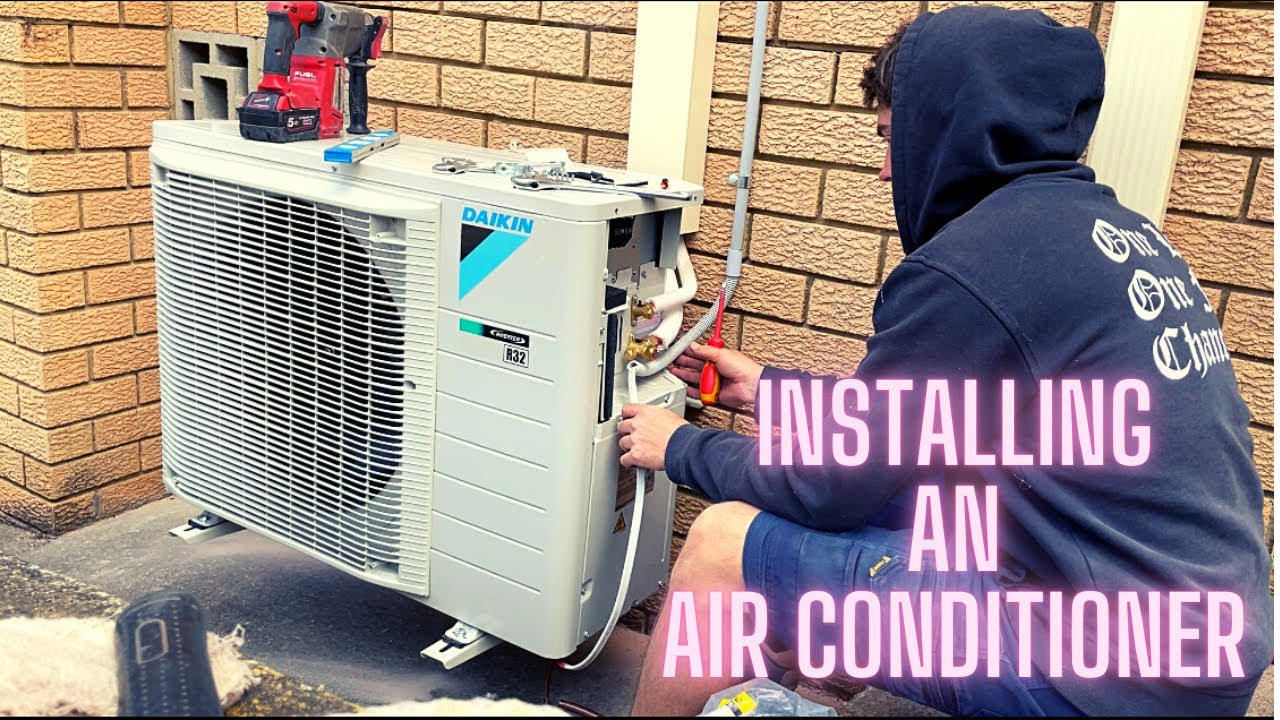
Before installing a ductless mini-split air conditioner, proper planning and preparation are crucial to ensure a successful installation process. Here are some key steps to consider:
Identify the best location for installing the indoor unit
When determining the best location for the indoor unit, consider factors such as airflow, ease of access for maintenance, and aesthetic appeal. Ideally, the unit should be placed in a central location to ensure even distribution of cool air throughout the space.
Determine the appropriate size of the unit for the space
Choosing the right size unit is essential for optimal cooling efficiency. Calculate the square footage of the area you want to cool and consult with a professional to determine the appropriate BTU (British Thermal Unit) rating for the unit.
Check if the electrical system can support the new unit
Before installation, ensure that your electrical system can handle the additional load of the new air conditioner. It may be necessary to upgrade your electrical panel or wiring to accommodate the unit's power requirements.
Gather all the necessary tools and materials for the installation
Make a list of all the tools and materials needed for the installation, including mounting brackets, refrigerant lines, and a condensate drain. Having everything on hand before starting the installation will help streamline the process and avoid delays.
Installation Steps
Installing a ductless mini-split air conditioner involves several key steps to ensure proper functioning and efficiency. Below are the essential installation steps:
Mounting the Indoor Unit on the Wall
The indoor unit should be mounted on a wall at an appropriate height for optimal air distribution. Ensure that the unit is securely attached and leveled to prevent any issues with performance or safety.
Installing the Outdoor Unit
The outdoor unit of the mini-split air conditioner should be placed in a location where it has proper ventilation and access to outdoor air. It is important to follow manufacturer guidelines for installation to ensure efficient operation.
Connecting the Indoor and Outdoor Units with Refrigerant Lines
Once the indoor and outdoor units are properly positioned, the next step is to connect them using refrigerant lines. These lines are responsible for transferring refrigerant between the units, allowing for the cooling or heating process to take place.
Wiring the Indoor and Outdoor Units
Finally, the indoor and outdoor units need to be wired together to enable communication and control of the air conditioner. This step involves connecting the necessary electrical components following the manufacturer's instructions to ensure safety and proper functionality.
Testing and Completion
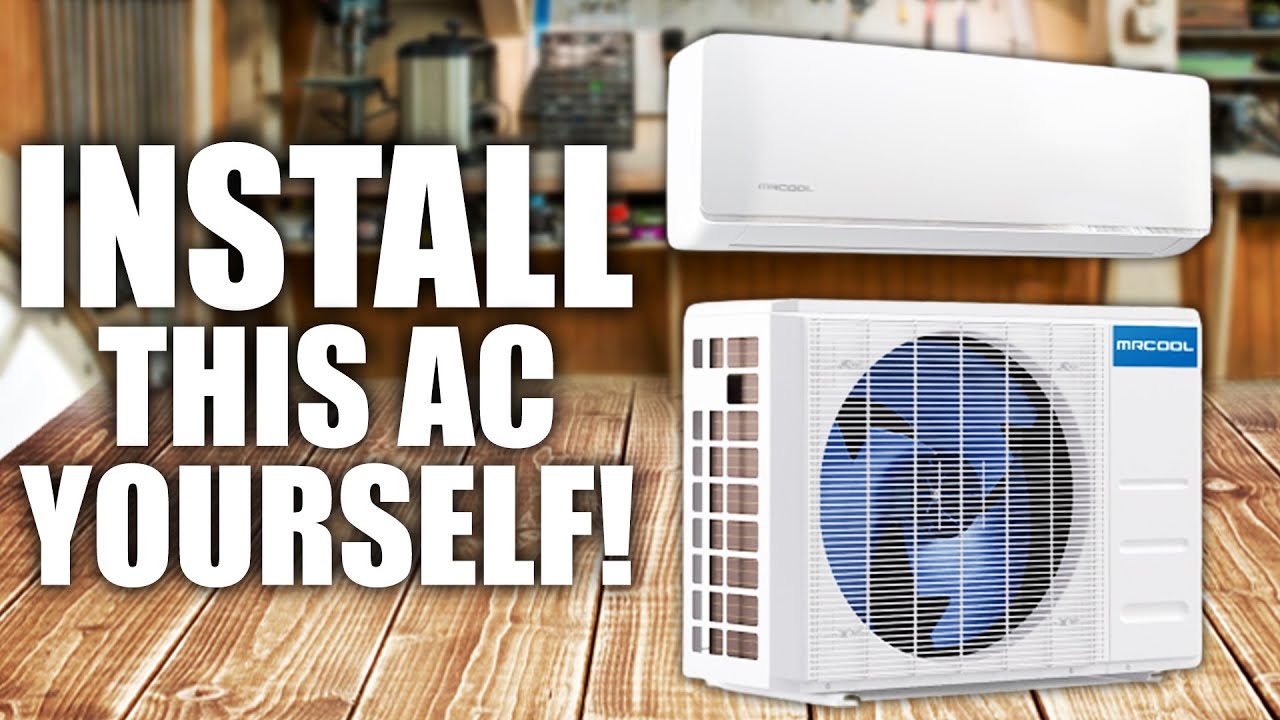
After successfully installing the ductless mini-split air conditioner, the final steps involve testing the system to ensure it is running smoothly and efficiently. This includes vacuuming the refrigerant lines, checking for leaks, testing the system's operation, and providing maintenance tips for the newly installed unit.
Vacuuming the Refrigerant Lines
Before starting up the system, it is crucial to vacuum the refrigerant lines to remove any air or moisture that could affect the system's performance. This step helps ensure proper refrigerant flow and cooling efficiency.
Checking for Refrigerant Leaks
Inspect the connections and fittings for any signs of refrigerant leaks. Use a leak detection solution or a refrigerant leak detector to identify any potential issues. Addressing leaks promptly can prevent further damage to the system.
Testing System Operation
Once the vacuuming and leak checks are completed, it's time to test the system for proper operation. Turn on the unit and check the airflow, cooling performance, and thermostat settings to ensure everything is functioning as expected.
Providing Maintenance Tips
After the installation and testing process, it's important to provide the homeowner with maintenance tips to keep the newly installed unit in top condition. This can include regular filter cleaning, annual professional maintenance checks, and tips for optimizing energy efficiency.
Final Thoughts
In conclusion, installing a ductless mini-split air conditioner offers a cost-effective and efficient cooling solution. By following the Artikeld steps and tips, you can enjoy a comfortable indoor environment while maximizing energy savings.
General Inquiries
Where is the best location to install the indoor unit?
The indoor unit should be placed high on a wall to ensure optimal air distribution throughout the room.
Do I need special tools for the installation process?
Common tools such as a drill, screwdriver, and level are essential for a successful installation.
How do I check for refrigerant leaks in the system?
You can use a leak detector or soapy water to identify any leaks in the refrigerant lines.
